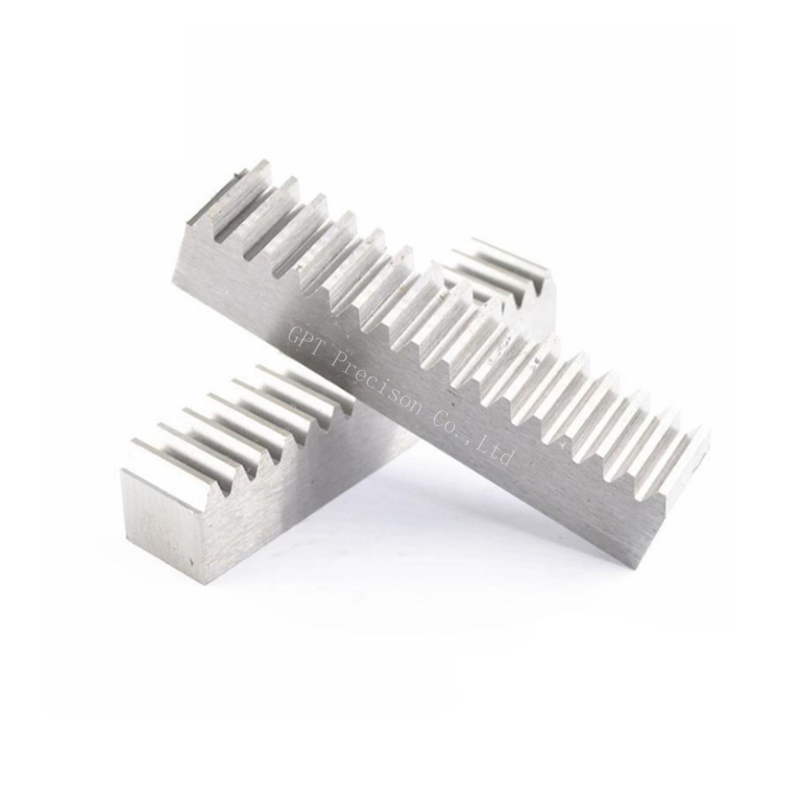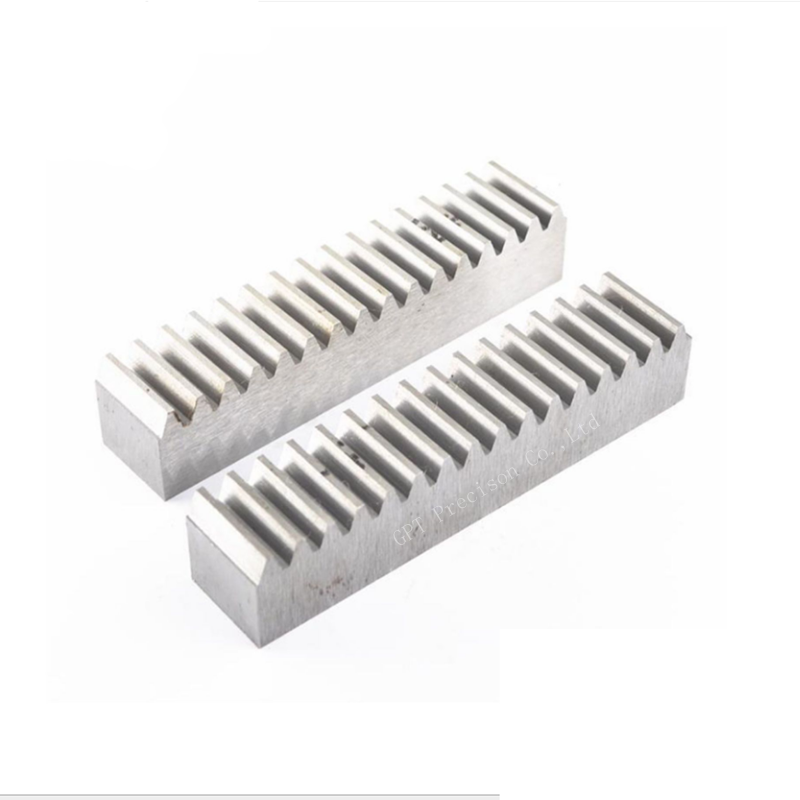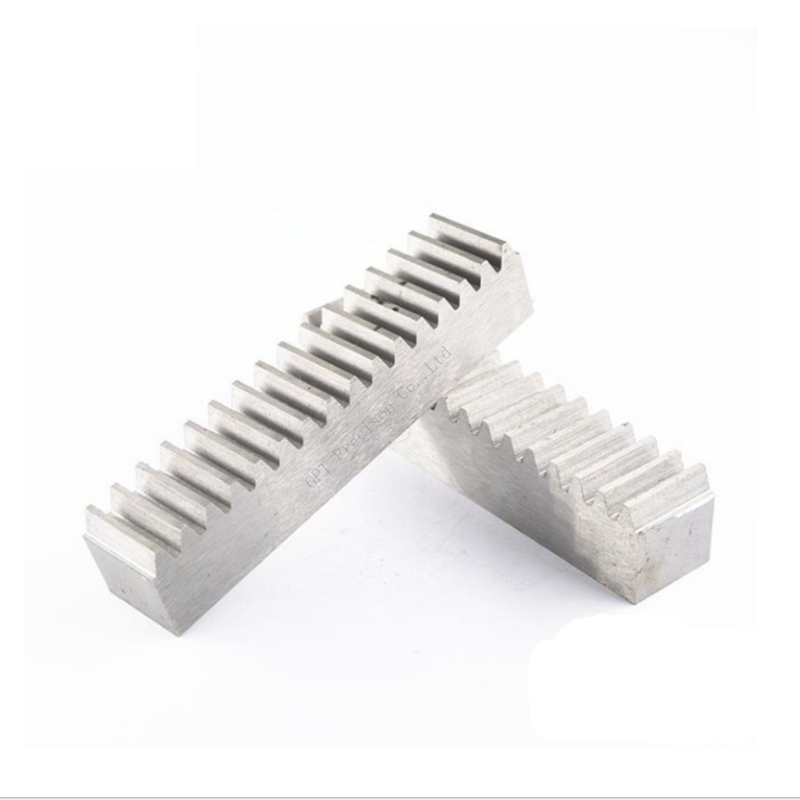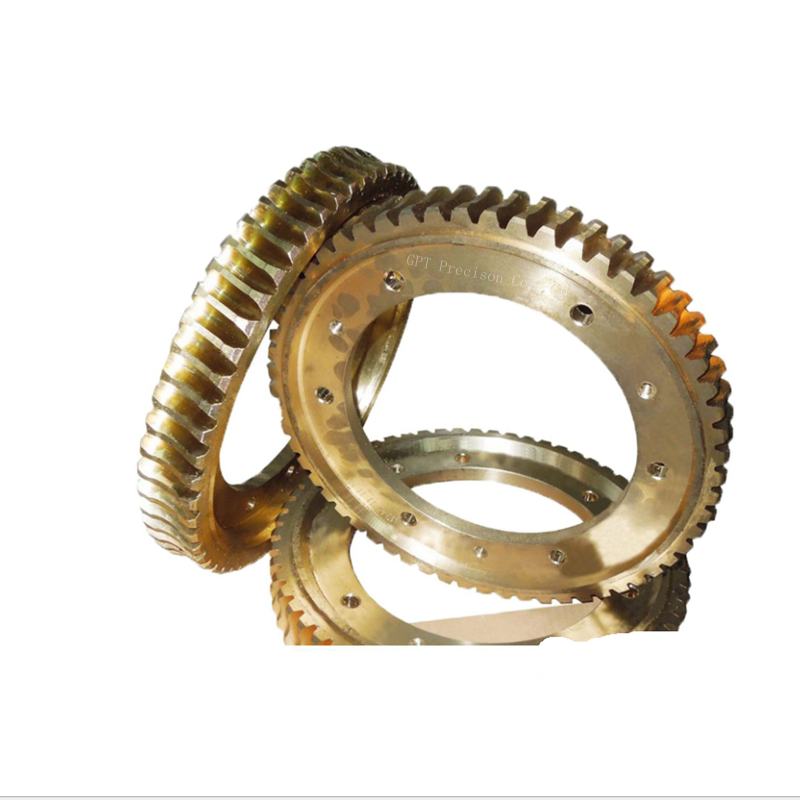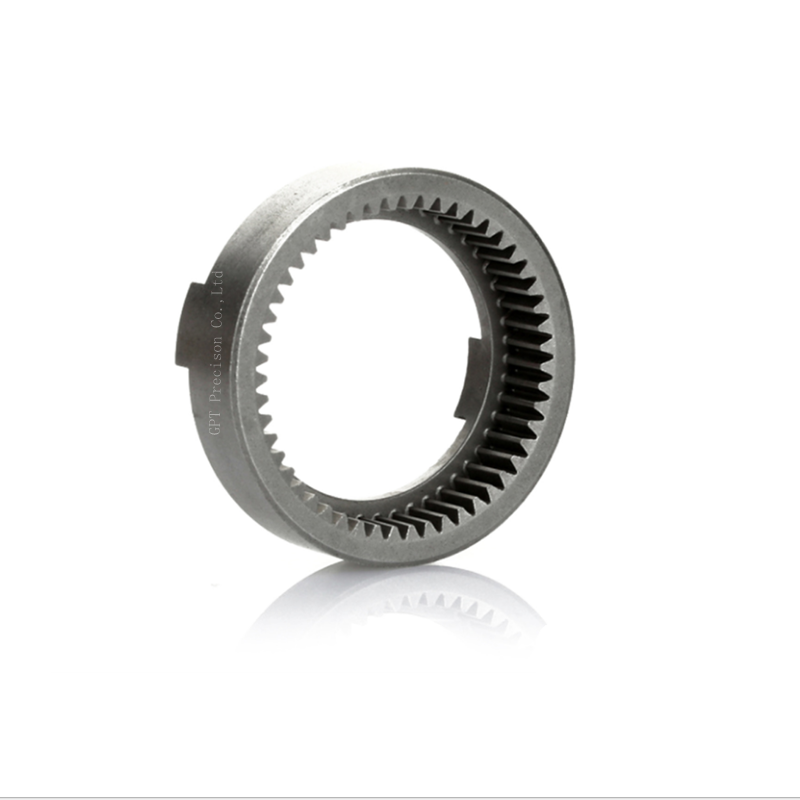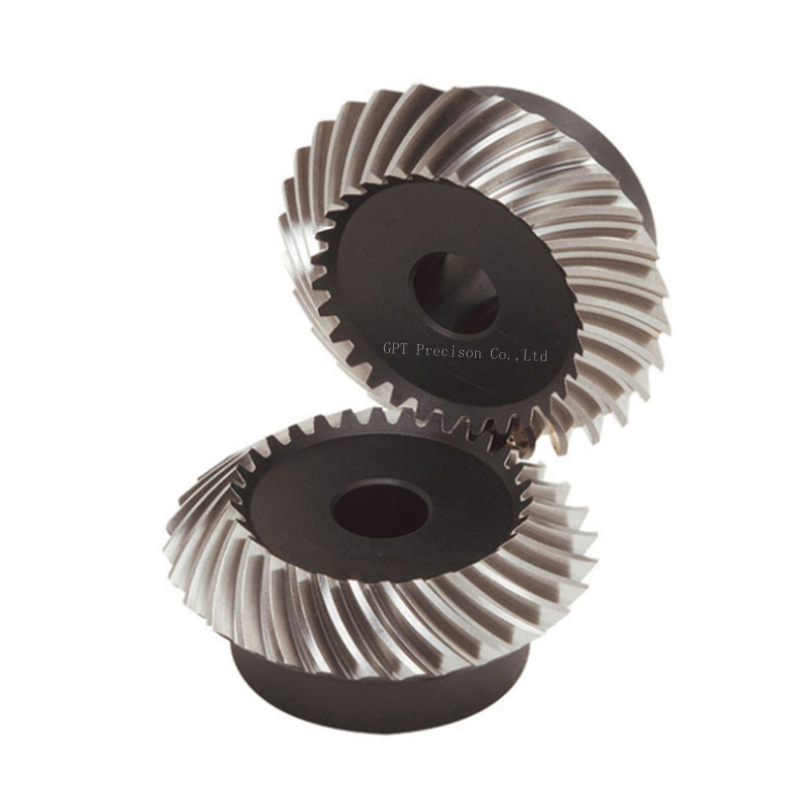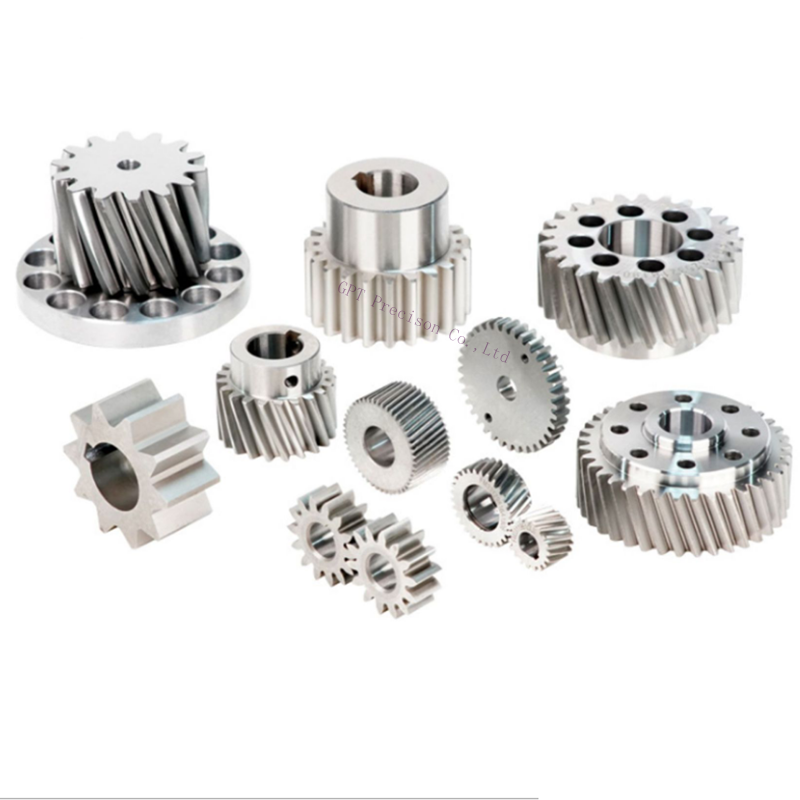Gear Rack and Pinion
Samples:$30.00/Piece | 1 Piece (Min. Order) | Buy Samples(To be negotiated)
Lead Time: Quantity(Pieces) 1 - 100 >100 Est. Time(days) 7 To be negotiated
Customization: Customized logo(Min. Order: 10 Pieces)
Customized packaging(Min. Order: 10 Pieces)
Shipping: Support Sea freight
Application: Machinery
Length: Customized length
Module:M1.25 M1.5 M2 M3
Service: OEM Services
Color: Customers' Demands
Package: Customers Specific Requirement
Support: 1.5 years for machinery warranty|1.5 years for Core Components
Applicable Industries:
Hotels, Garment Shops, Building Material Shops, Manufacturing Plant, Machinery Repair Shops, Food & Beverage Factory, Farms, Restaurant, Home Use, Retail, Food Shop, Printing Shops, Construction works , Energy & Mining, Food & Beverage Shops.
- Specifications
What is a rack and pinion ?
Gear racks are utilized to convert rotating movement into linear motion. A gear rack has straight teeth cut into one surface of a square or round section of rod and operates with a pinion, which is a small cylindrical gear meshing with the gear rack. Generally, gear rack and pinion are collectively called “rack and pinion”. There are many ways to use gears. For example, as shown in the picture, a gear is used with the gear rack to rotate a parallel shaft.
To provide many variations of rack and pinion, GPT Precision has many types of gear racks in stock. If the application requires a long length requiring multiple gear racks in series, we have racks with the tooth forms correctly configured at the ends. These are described as “gear racks with machined ends”. When a gear rack is produced, the tooth cutting process and the heat treatment process can cause it to try & go out of true. We can control this with special presses & remedial processes.
There are applications where the gear rack is stationary, while the pinion traverses and others where the pinion rotates on a fixed axis while the gear rack moves. The former is used widely in conveying systems while the latter can be used in extrusion systems and lifting/lowering applications.
As a mechanical element to transfer rotary into linear motion, gear racks are often compared to ball screws. There are pros and cons for using racks in place of ball screws. The advantages of a gear rack are its mechanical simplicity, large load carrying capacity, and no limit to the length, etc. One disadvantage though is the backlash. The advantages of a ball screw are the high precision and lower backlash while its shortcomings include the limit in length due to deflection.
Rack and pinions are used for lifting mechanisms (vertical movement), horizontal movement, positioning mechanisms, stoppers and to permit the synchronous rotation of several shafts in general industrial machinery. On the other hand, they are also used in steering systems to change the direction of cars. The characteristics of rack and pinion systems in steering are as follows: simple structure, high rigidity, small and lightweight, and excellent responsiveness. With this mechanism, the pinion, mounted to the steering shaft, is meshed with a steering rack to transmit rotary motion laterlly (converting it to linear motion) so that you can control the wheel. In addition, rack and pinions are used for various other purposes, such as toys and lateral slide gates.







